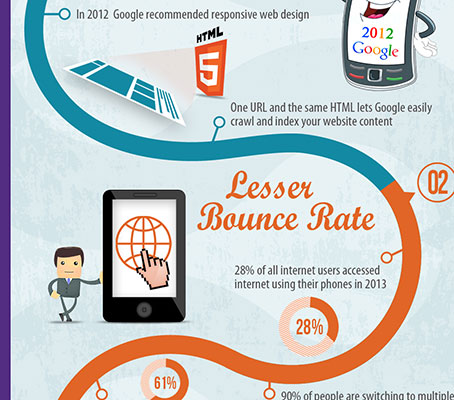Web Site Style Fundamentals: Tips For Structure A User-Friendly Site
Web Site Style Fundamentals: Tips For Structure A User-Friendly Site
Blog Article
Material Develop By-Aguirre Ehlers
When it comes to website style, making certain user-friendliness is vital. From receptive layout to streamlined navigation, every aspect plays an essential role in creating a website that caters to your target market's requirements. However what regarding the finer information that can make or break a user's surfing experience? Stay tuned as we discover some often-overlooked pointers that can raise your website's functionality to the next level, making it truly attract attention in the digital landscape.
Value of Responsive Style
Responsive style is an essential aspect of contemporary internet site growth. Guaranteeing your site is responsive methods that it can adapt to different screen dimensions and devices, supplying a seamless experience for individuals.
With best websites for service business enhancing use mobile phones and tablets to access the net, having a responsive layout is essential for reaching a wider audience. It helps in boosting individual experience by making your website easy to browse and keep reading any tool.
Additionally, responsive design can positively impact your internet search engine rankings, as online search engine like Google focus on mobile-friendly websites. By having a receptive design, you're additionally future-proofing your site, as brand-new devices with differing display dimensions continue to emerge.
Simplify Navigating Structure
To enhance individual experience and promote simple access to info on your web site, streamlining the navigating framework is extremely important. When making your website, focus on producing a clear and user-friendly navigating menu that helps visitors find what they're seeking promptly.
Restriction the number of menu items to the essentials, grouping related web pages together to stay clear of frustrating users. Use descriptive tags that plainly show the material of each page, making it simpler for individuals to recognize where each web link will certainly take them.
Think about carrying out dropdown menus for subcategories to avoid cluttering the primary navigation bar. Additionally, consist of a search bar plainly on the page for individuals who choose searching for specific information.
https://www.entrepreneur.com/article/393096 on mobile responsiveness in your navigating layout to ensure easy access on all tools.
Maximize Web Page Lots Speed
Improving web page lots rate is essential for preserving visitors on your site. Slow-loading web pages annoy users and can cause high bounce rates. To optimize page tons rate, start by maximizing pictures. Compress images without endangering top quality to minimize their data sizes.
In addition, enable web browser caching to store frequently accessed sources in your area, quickening lots times for returning visitors. Minify CSS, JavaScript, and HTML data by eliminating unneeded characters, comments, and format, enhancing lots rate.
Think about making use of a content delivery network (CDN) to distribute your internet site's web content across numerous web servers worldwide, reducing latency for customers accessing your website from different places. Last but not least, restrict making use of third-party scripts and plugins, as they can significantly affect tons times.
Conclusion
Finally, by including receptive design, streamlining navigation, and enhancing page lots rate, you can create a straightforward website that appeals to a larger target market and boosts user experience. These essential elements make sure that site visitors can easily gain access to and browse your site throughout different gadgets, resulting in enhanced engagement and contentment. By focusing on these essential elements, you can develop an effective internet site that keeps customers coming back for more.
